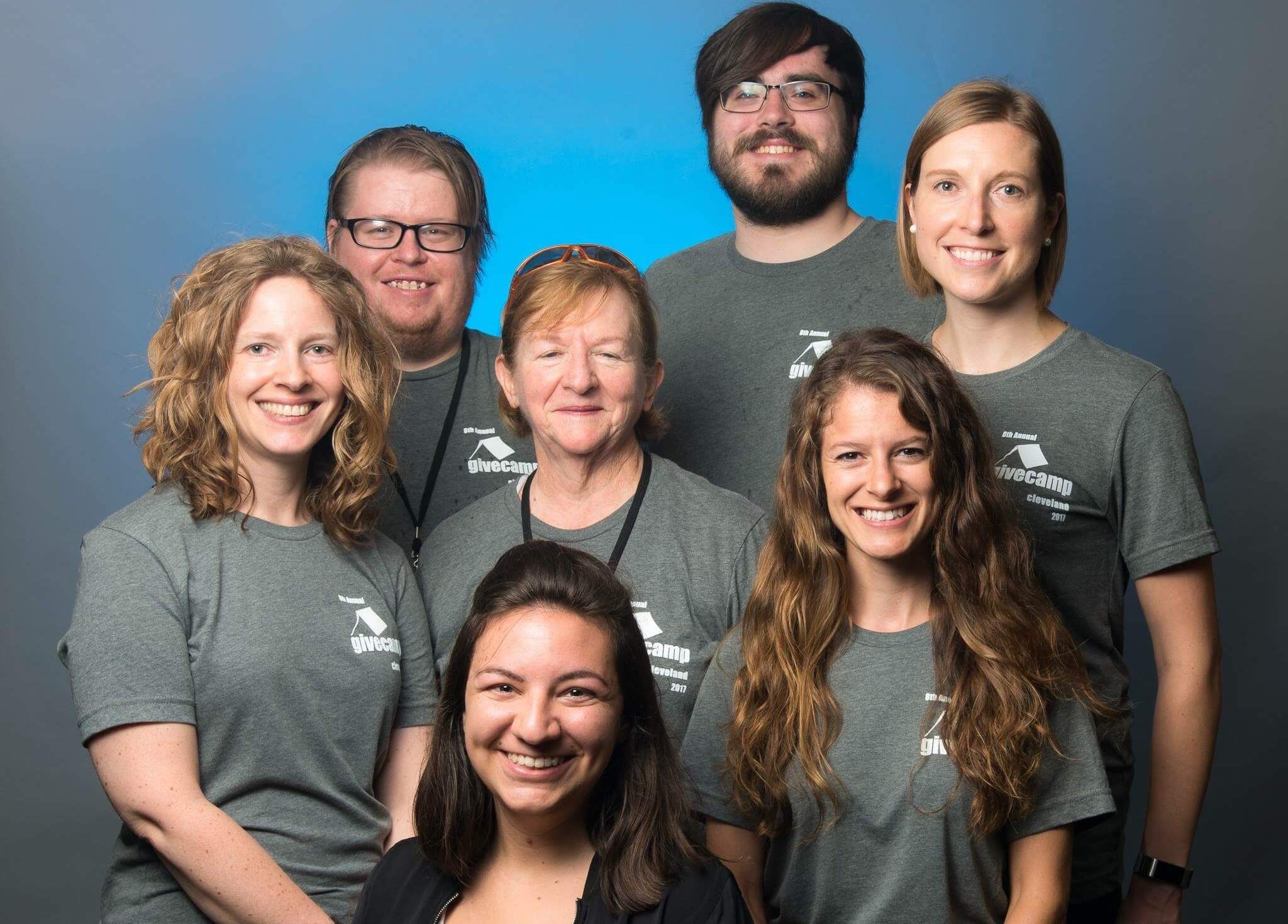Introduction
A 2018 report from the World Poverty Clock reveals that Kenya ranks as the eighth poorest country in the world – and the sixth poorest in Africa. These numbers come on the heels of widescale economic uplifting in the nation, suggesting that Kenya still has a long road ahead in the fight against poverty.
Despite the leaps the country has made in combating poverty over the past decade and a half, data further reveals that the country isn’t pulling its citizens out of poverty quickly enough, putting it at risk of not meeting the United Nation’s Sustainable Development Goals (SDGs).
In this piece, we’ll examine the state of poverty in Kenya and take a look at some of the drivers of extreme poverty in the nation. Furthermore, we’ll analyze the state of the Kenyan economy, opportunities for future growth, and ways that you can help alleviate the dire situation in the country and around other underdeveloped parts of Africa.
With this in mind, let’s dive right in!
Overview
In its most recent report, the World Poverty Clock showed that despite the fact that extreme poverty in Kenya has fallen from a rate of about 46.8% in 2005 to just 29.7% in 2018, the country still ranks eighth in the world with the number of individuals living in extreme poverty. The World Bank defines extreme poverty as those living on less than $1.90 per day.
Unsurprisingly, Kenya joins five other African nations on the list of top eight most impoverished nations. What’s uplifting for the nation is the fact that, when compared to its Sub-Saharan neighbors, the country demonstrates both better monetary and nonmonetary indicators of poverty, indicating that the quality of life in Kenya is higher than in the regions surrounding it.
Still, with nearly thirty percent of the entire population living in dire economic need, the country has a long way to go before it fixes its poverty issue. Specifically, 14.62 million Kenyans are currently living in extreme poverty, many of whom are uneducated or live in highly rural areas.
As a result of the extreme poverty in Kenya, millions across the country are left without access to basic needs such as food and water. To make matters worse, many who suffer under these conditions are children or teens, indicating a dire humane crisis in the African nation.
With basic amenities such as healthcare, food, clean water, and sanitation largely for the upper class in Kenya, it’s crucial that more attention is paid to the situation of extreme poverty in the nation. This should be done both internally through policy changes and externally through the work of organizations such as UNICEF and individual donations.
Why is Kenya So Poor?
Having said this, why is Kenya so poor in the first place? As you might imagine, there is no direct answer. In fact, the reason millions of Kenyans are still living in extreme poverty in 2019 is due to a large number of reasons both political and geographical.
With this in mind, let’s take a brief look at a few of the reasons why Kenya is so poor so that we can gain a better understanding of extreme poverty in the nation.
- Rural
According to reports, one of the biggest drivers of poverty in Kenya is the nation’s agrarian backbone. By some estimates, up to 75% of the country’s population relies on agriculture as a primary means of income. Combine this with the nation’s dry, arid climate, and it’s no surprise that these individuals have found it difficult to climb the economic ladder. In fact, due to the desert climate in parts of the nation, crippling droughts have caused mass crop failure and job loss. In these cases, millions of Kenyans are left without adequate food and money to survive.
Though poverty rates are not nearly as bad in Kenya’s urban areas, (with only one in three urban Kenyans experiencing poverty), a majority of the population falls outside of this domain.
- Governmental Corruption
Transparency International ranks Kenya as one of the most corrupt nations in the world. Decades of governmental abuse of power and money have led to the stratification of Kenyans along stark economic lines, where the upper class enjoys a lifestyle several times greater than that of the average Kenyan.
This corruption has manifested in bribes, backhanded deals, and money laundering that has seen money go from hardworking Kenyans to the pockets of ill-intentioned politicians. And while the government has tried to clean up its act in recent years, the effects of long-term governmental abuse still remain.
Of course, this can also be seen in the trade deals and other policies that have hurt the nation over the past several decades. Corruption and an inability to lead have led to years’ worth of negative trade policies that have only hurt Kenyan farmers and damaged the food supply. What’s more, decades of abuse have helped force some Kenyans out of the job market, pushing them below the poverty line and exacerbating the extreme poverty rate.
- Rapid Population Growth
Over the course of the last century, Kenya has seen a population growth of around 50 million people. Unfortunately, as the nation lacks sufficient infrastructure to keep up with this growth, millions of these individuals are born into sustained, long-term poverty.
The problem is only made worse by the fact that 75% of Kenyans are under the age of thirty, with the country’s median age being nineteen. This low age facilitates a high birthrate, causing nearly unchecked population growth that strains the economy and makes it harder for Kenyans to find work.
- Tariffs
Despite the fact that Kenya has a growing flower industry, the nation has found it difficult to export many of its main products. This is because more developed nations have installed tariffs on Kenyan goods that make it more difficult for the nation to make a profit. Without free trade, it’s harder for Kenyans to enter the global market and secure a reliable and profitable niche.
This marks a stark contrast between more developed nations, who can survive high tariffs, and nations such as Kenya, which are often too underdeveloped to withstand drawn-out tariff wars. Simply put, by installing heavy tariffs, European and other markets are taking Kenyan goods off the table and closing an avenue for the developing country.
If Kenya ever wishes to eradicate its extreme poverty, it must find a way to infiltrate the global market and remain competitive with other nations. In doing so, the country will be able to create more job opportunities at home and invest in larger amounts of infrastructure to make the nation safer and more modern.
Kenya Looking Forward
How does all this factor into Kenya’s long term economic outlook? Despite the still bleak situation of extreme poverty in the nation, Kenya is looking to build on a few positives to take it into the future. Though the country will likely fail its World Bank goal of eliminating poverty by the year 2030, there are a number of advancements made in the east African nation over the last decade that should encourage Kenyans and global onlookers.
Let’s take a look at a few of these advancements so that we can better understand the state of the nation moving into the next decade.
- Decentralized Power
Though the nation has long struggled with a corrupt government, Kenya has recently instituted a new constitution and given many federal powers to its 47 county governments. In doing so, the nation hopes to facilitate an environment of greater human rights, more confidence in the democratic system, and more economic growth as localized governments allow for communities to grow in the best possible ways.
It appears that the steps the Kenyan government has taken to reduce poverty – some instituted even before the introduction of the new constitution in 2010 – are working. Reports reveal that the Kenyan economy grew by an average of 5.2% a year from 2005 to 2016. With decreased governmental corruption and a bigger focus on democracy, its likely that the nation will be able to keep up these rates moving forward.
- Free and Mandatory Education
The Kenyan government has recently released sweeping education reform that allows for free and mandatory education for all school-age children. The law is designed to combat one of the biggest drivers of poverty in rural Kenya: a lack of opportunity.
As it stands today, millions of Kenyans lack access to higher-paying jobs simply because they do not have the education nor the skills to obtain them. The nation seeks to counter this with education reform that will give every child the opportunity to receive an education.
The country’s attempt to implement free education has it’s barriers. Children are said to have access to free education at public schools, however if they lack the funds to purchase uniforms, school supplies or pay for testing fees they are still unable to attend. At this time, the country is not able to ensure that all children do in fact have access to an education. Children who are able to cover the necessary fees to attend public schools may receive an education, but the quality can be questionable.
Many schools do not meet the Ministry of Education’s student:teacher ratio requirements. Some classes have 1 teacher for 120 students. These school’s will oftentimes have students pay additional fees under the table to be used to secretly employ a parent from the nearby village to teach the overwhelming number of students. Space is limited and several children will share a desk, sit on the floor or have their classes held outside due to the lack of space.
Building private schools that do not rely on financial support from the government are more likely to have adequate student:teacher ratios to provide their students a stronger education than government schools. Children are more likely to attend school consistently if they have financial support from their families, the community, and dedicated sponsors. The government schools claim to provide free education, but the additional fees are still preventing children from attending. Having support from other sources will enable children to overcome this barrier when they attend private schools, where finances and provided education is better regulated.
With a young and booming population, it’s likely that the next generation of Kenyans will be much more educated and prepared to tackle the issues that are facing their country. As such, it’s possible that the nation will experience an even greater move away from rural areas into the suburbs, increasing economic growth and raising millions from poverty.
- Diversification of Opportunities
Building off this, Kenya is experiencing a trend of lowering unemployment and increasing economic opportunities. As more individuals migrate to urban areas, Kenya is seeing a diversification of opportunities that looks to play a major role in boosting the economy over the course of the next few decades.
This, combined with a growing educated population, hints at a more economically stable Kenya in ten years’ time. This means that, while numbers today aren’t as positive as many would have hoped, there’s a reason for optimism headed into the future. For Kenyans, this could suggest a new era of unprecedented growth just around the horizon – growth that ultimately looks to permanently raise the standard of living in the nation.
How You Can Help
Looking to do your part to end poverty in Kenya and all around Africa?
Do so by building a school! Education is one of the most important gifts you can give to African children, many of whom are otherwise destined to a lifetime of grueling agrarian work. By helping build schools, you can lift a generation of African children out of poverty and provide sustainable economic growth on the continent for years to come.
Not sure how to go about donating? Don’t worry! There are several charities online where you can make a donation. While you will want to vet any charity for authenticity before making your donation, this can usually be done simply and in a matter of minutes.
To streamline the process, check out the following charities if you wish to donate to help build schools in Kenya:
- LINC WorldWide
LINC is on a mission to provide neglected communities with the support needed to alleviate hardships, promote well-being, and facilitate growth, giving them the chance to not only survive, but to truly live, love, and thrive!
Founders, Erin & Amanda, were inspired by a volunteer trip to Kenya. Today, LINC has grown into an ambitious team made up of volunteers, companies, and ministries all committed to uplifting suffering youth throughout the world.
In 2012, Erin & Amanda volunteered with orphans in Kenya and were deeply touched by the happiness of the children despite their lack of basic needs. They created Love in Neglected Communities (Linc Worldwide) to provide impoverished youth with the ability to not only survive, but thrive.
Dedicated volunteers and ministries have linked up to provide neglected communities with access to five core resources that meet the needs of basic survival and self-fulfillment – clean water, sustainable food sources, health & sanitation, education, safety & security.
The Bottom Line
Despite the fact that Kenya currently ranks as the eighth poorest nation in the world (with nearly 15 million of its 52 million citizens living in extreme poverty), there’s a reason to believe that the bustling African nation is on the uptick. Though it will likely take years to eradicate the decades’ worth of damage inflicted by government corruption, heavy agrarianism, and stymied trade, increasing educational opportunities and job diversification, coupled with a migration from rural areas into the suburbs, hint at the fact that sustainable economic growth for Kenya may be just around the corner.
Though the World Bank has recently called off predictions that Kenya could eliminate poverty by the year 2030, a 50% reduction in the poverty rate over the last decade proves that the country is headed in the right direction. And while the gap between Kenyan elite and the average worker still remains large – with millions of Kenyans not even having rights to basic healthcare and clean water – growing educational opportunities look to neutralize this phenomenon going forward.
This means that Kenya’s brightest days may lie just ahead. Those interested in contributing to this growth may donate to build schools in Africa with a charity of their choice. With Kenya on the rise, it’s important that we all do our parts to elevate it and other African nations so that children around the continent can live the lives they deserve.









